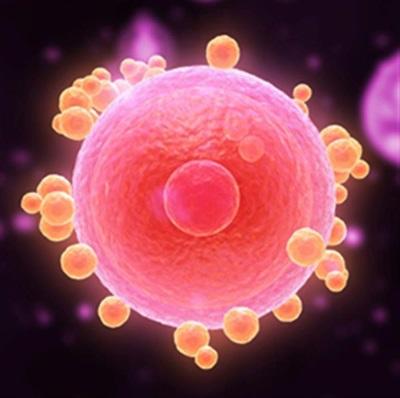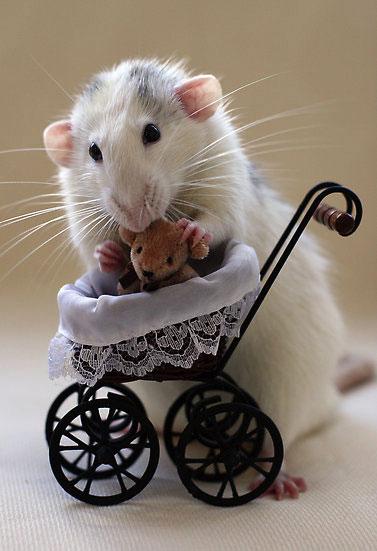 The goddess of fertility is a capricious one. And she doesn’t seem to be susceptible to bribes, pleas, or charm. Instead, she can often seem more like a trickster, making herself present unexpectedly when all hope was lost and then withholding her favors where she had previously been bountifully engaged. Now, 3D printing is working to give those seeking more than just hopes and prayers an increased chance of conceiving a child through the development of a 3D printed ovary.
The goddess of fertility is a capricious one. And she doesn’t seem to be susceptible to bribes, pleas, or charm. Instead, she can often seem more like a trickster, making herself present unexpectedly when all hope was lost and then withholding her favors where she had previously been bountifully engaged. Now, 3D printing is working to give those seeking more than just hopes and prayers an increased chance of conceiving a child through the development of a 3D printed ovary.
For those of you who are not familiar with the role the ovaries play in pregnancy, I will pause here so that you can ask your parents to explain the miracle of life to you. I’ve already had to have the talk with my eleven-year-old son and I’m all out of awkward metaphors.
Okay, if we’re all ready now.
Now, it’s possible that some people have already stopped reading this in order to engage in bizarre post-apocolyptic fantasies regarding the farming of human babies from a sea of mechanical ovaries. Some of those people are probably even now writing letters to their various political representatives. For those of us who are, how shall I say this, “less excitable” let’s take a moment and recognize that, as of yet, this technology has only been tested in mice, so there will be plenty of time to whip ourselves in a self-righteous frenzy later.
 “Why do mice need help reproducing,” you might be asking, “they seem to be doing a fine job of it on their own.” Well, clearly, it wasn’t developed in the hopes that barren mice would be able to achieve their dream of a full nest in kitchen drawers around the world. Instead, this is the first stage in testing required to begin to scale up to creating artificial ovaries for humans.
“Why do mice need help reproducing,” you might be asking, “they seem to be doing a fine job of it on their own.” Well, clearly, it wasn’t developed in the hopes that barren mice would be able to achieve their dream of a full nest in kitchen drawers around the world. Instead, this is the first stage in testing required to begin to scale up to creating artificial ovaries for humans.
The ovary works because it is created as a 3D printed scaffold that is capable of supporting both the egg cells and their hormone-producing counterparts that are the basic components of a fertile human ovary. The structure itself is printed from a gelatin material derived from collagen, an animal protein that could be printed into a structure sufficiently rigid to be handled during surgery and yet allowing spaces for the growth of the necessary cells. Dr. Monica M. Laronda, post-doctoral researcher fellow at Northwestern University’s Feinberg School of Medicine and the lead author of the study to be released at the 2016 Endocrine Society meeting explained the long-term possibilities:
“We developed this implant with downstream human applications in mind, as it is made through a scalable 3D printing method, using a material already used in humans. We hope to one day restore fertility and hormone function in women who suffer from the side effects of cancer treatments or who were born with reduced ovarian function.”
 In addition, the implications for transgender individuals are quite exciting as well. However, well before anything of that nature can enter the realm of possibility, a great deal more testing is necessary. The next stage of testing is a pre-clinical, large animal trial, possibly porcine, that will involve the removal of the animal’s ovaries and replacement with the bioprosthetic ones. This will either result in a generation of healthy piglets…or some sort of cyber-hog hybrid that will eventually come to dominate the planet.
In addition, the implications for transgender individuals are quite exciting as well. However, well before anything of that nature can enter the realm of possibility, a great deal more testing is necessary. The next stage of testing is a pre-clinical, large animal trial, possibly porcine, that will involve the removal of the animal’s ovaries and replacement with the bioprosthetic ones. This will either result in a generation of healthy piglets…or some sort of cyber-hog hybrid that will eventually come to dominate the planet.
All kidding aside, the potential to provide options for conceiving a child and carrying to term is one of the most beautiful possibilities brought about by 3D printing. Tell us how you see this impacting the world of fertility in the 3D Printed Mouse Ovaries forum over at 3DPB.com.
Subscribe to Our Email Newsletter
Stay up-to-date on all the latest news from the 3D printing industry and receive information and offers from third party vendors.
You May Also Like
3D Printing News Briefs, April 13, 2024: Robotics, Orthotics, & Hypersonics
In 3D Printing News Briefs today, we’re focusing first on robotics, as Carnegie Mellon University’s new Robotics Innovation Center will house several community outreach programs, and Ugogo3D is now working...
Rail Giant Alstom Saves $15M with 3D Printing Automation Software 3D Spark
3D Spark has entered into a three-year deal with the rail giant Alstom. Alstom, a transport behemoth with annual revenues of $16 billion, specializes in the manufacture of trains, trams,...
Meltio Expands Global Reach with New Partnerships in the Americas and Europe
Spanish 3D printing manufacturer Meltio has expanded its sales network across the globe. With the addition of three new partners in the United States, Brazil, Argentina, and Italy, Meltio aims...
3D Printing Webinar and Event Roundup: April 7, 2024
Webinars and events in the 3D printing industry are picking back up this week! Sea-Air-Space is coming to Maryland, and SAE International is sponsoring a 3D Systems webinar about 3D...































